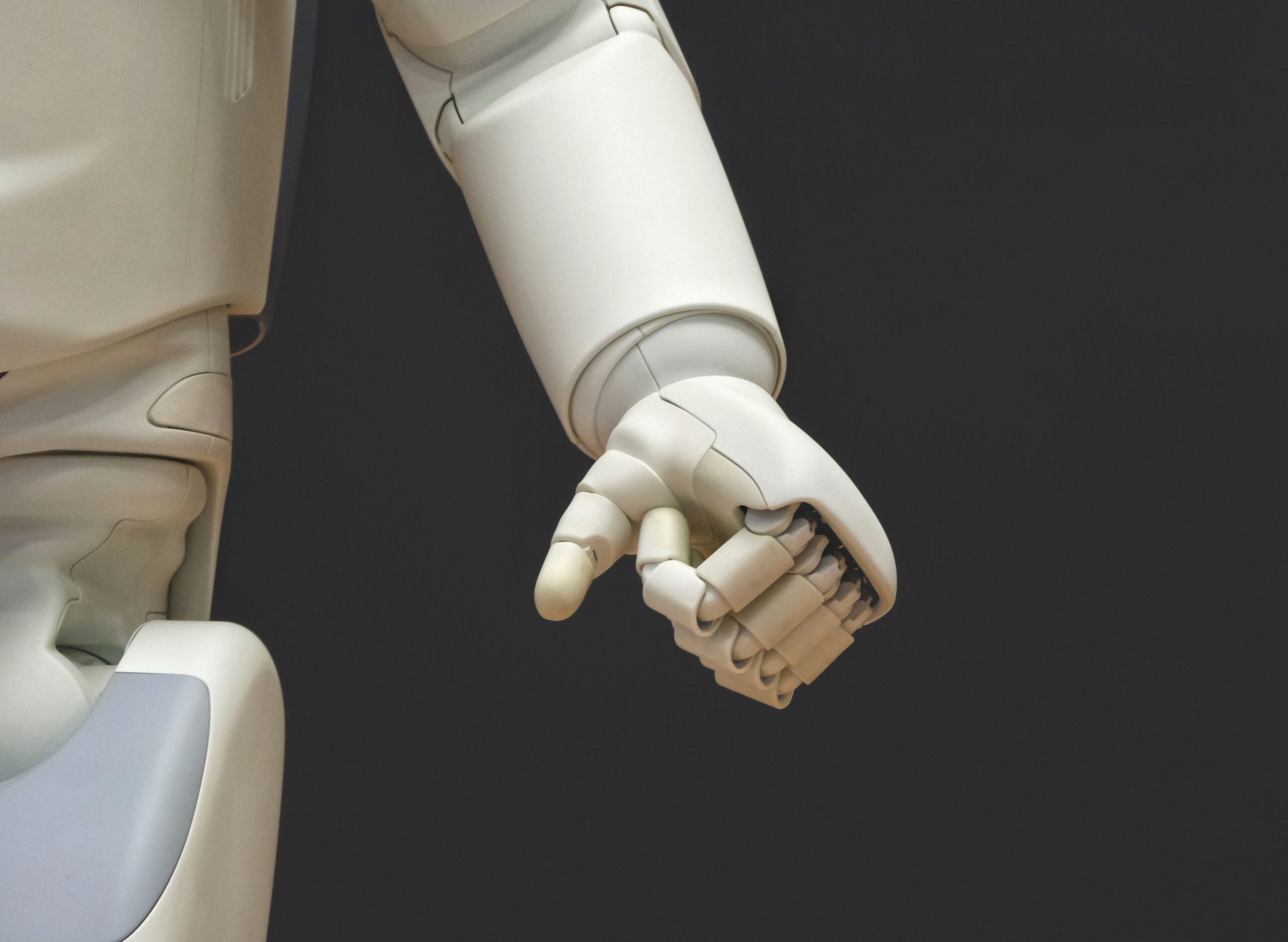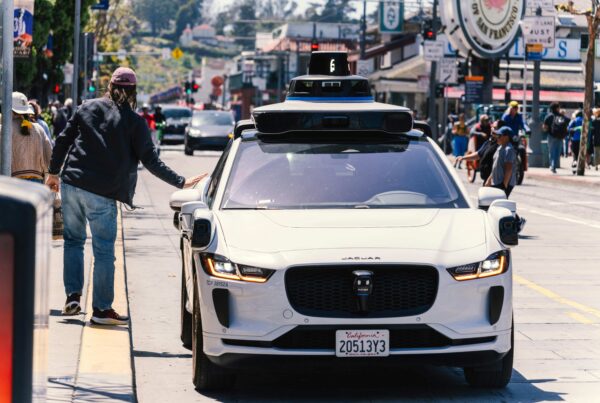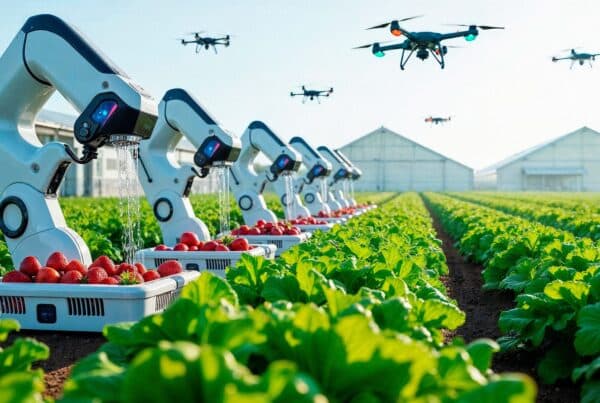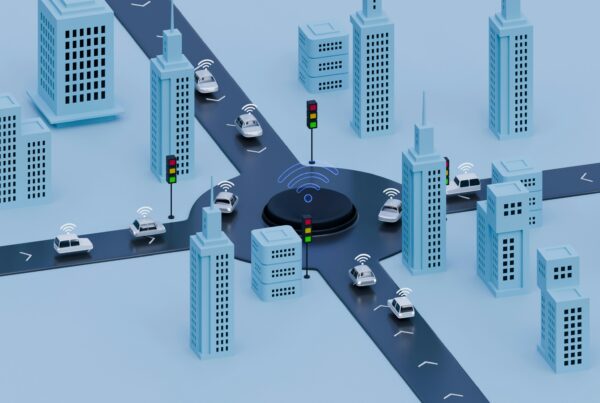The Role of Mechanical Engineering in Human-Robot Interaction: Making Humanoids Feel More Human
When we think of humanoid robots, we often focus on their AI brains, but their mechanical design plays just as big a role in how we interact with them. After all, a stiff, clunky robot isn’t going to inspire confidence, let alone fit into environments designed for humans.
So, how do mechanical engineers bridge the gap between cold, rigid machines and the fluid, intuitive movements we expect from our own kind?
The Magic of Motion: Bringing Lifelike Dexterity to Robots
One of the biggest challenges in humanoid robotics is moving feel natural. Traditional rigid mechanisms struggle to match the smooth, adaptive motion of human limbs. That’s where compliant mechanisms and soft robotics come in. By incorporating flexible materials and artificial tendons, engineers are making robots that move with grace rather than jerky, mechanical stiffness.
Take robotic hands, for example. Old-school models relied on simple open-close motions, but today’s designs use underactuated fingers and force-sensitive control, allowing humanoid robots to grasp objects with just the right amount of pressure—whether it’s a fragile egg or a heavy toolbox.
Balance & Stability: The Key to Walking Like a Human
Walking is way harder than it looks, for robots, at least. The human body constantly makes micro-adjustments to stay balanced, something early humanoid robots struggled with. Now, thanks to adaptive joint control, dynamic footstep planning, and gyroscopic stabilization, modern humanoids can walk, run, and even recover from a shove without toppling over.
Boston Dynamics’ Atlas and Tesla’s Optimus are great examples, both use biomechanics-inspired joint designs to replicate human gait, making their movements appear more fluid and natural.
The Power of Touch: Why Haptic Feedback Matters
Physical interaction between humans and robots is another area where mechanical engineering is making a difference. Soft skin-like materials with embedded pressure sensors allow humanoids to sense touch, giving them the ability to interact safely and intuitively with humans.
For example, a robot working alongside a human in a factory needs to know when it’s applied too much force, or when someone reaches out for a handshake. Tactile sensing technology is helping make these interactions feel more natural.
Engineering Robots for a Human World
At the end of the day, the success of humanoid robots isn’t just about their intelligence, it’s about how comfortable we feel around them. Mechanical engineers are the ones fine-tuning the details, ensuring these robots walk, touch, and interact like us, rather than reminding us of clunky sci-fi droids.
As we move further into 2025, expect even more human-like robots entering workplaces, homes, and healthcare settings. The future of human-robot interaction starts with better mechanics, and we’re just getting started.
If you’re exploring new opportunities in Mechanical Engineering or looking to hire top talent, reach out to Jake Bedwell at jake@akkar.com.
Do you think humanoid robots will ever fully integrate into human society? Why or why not?








